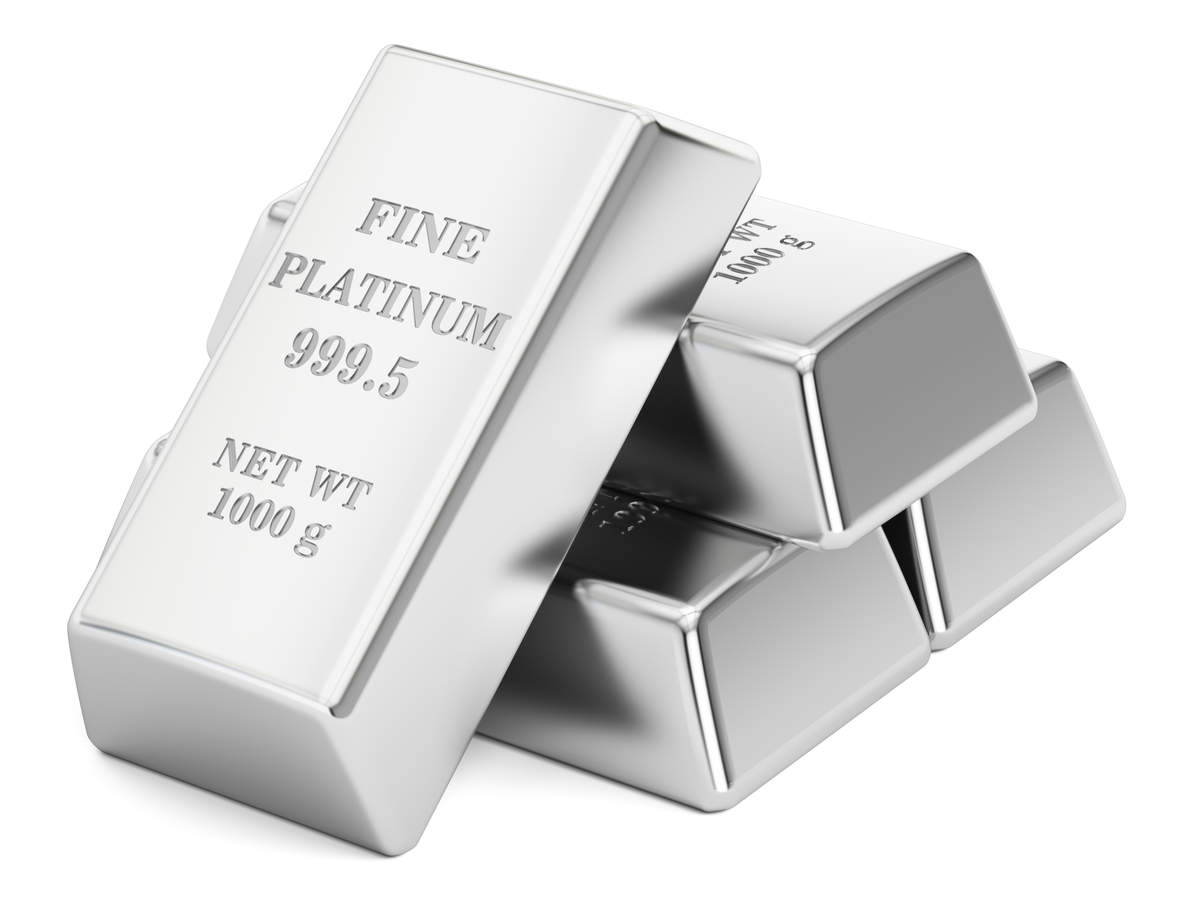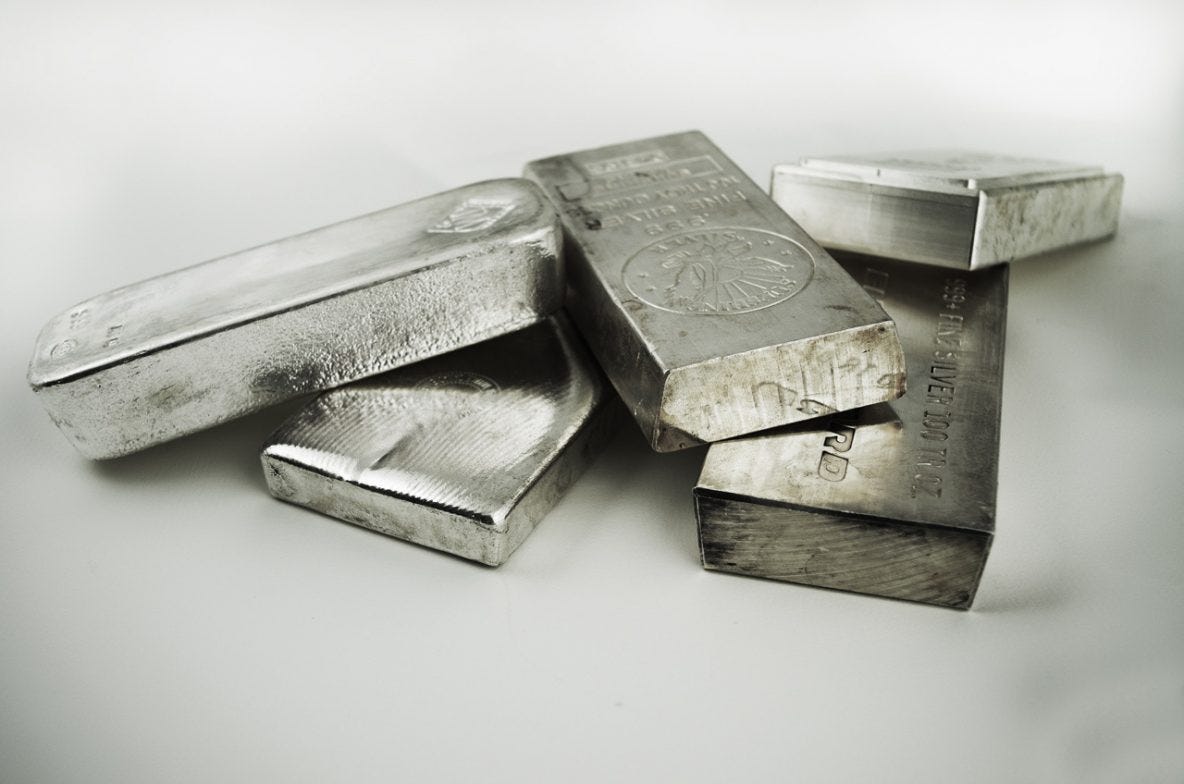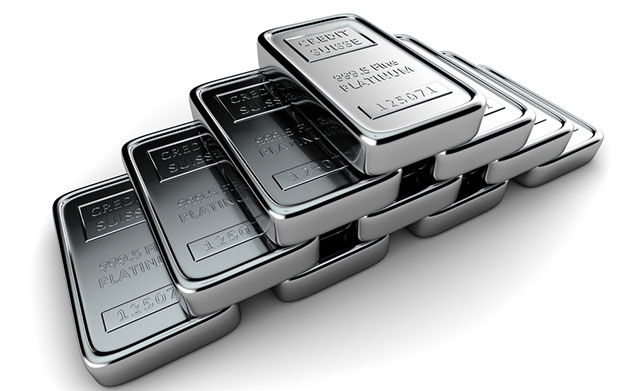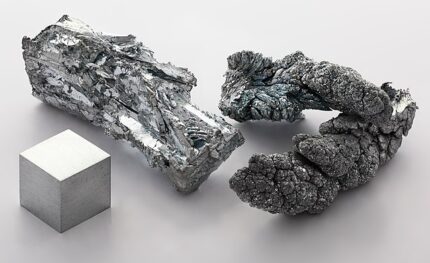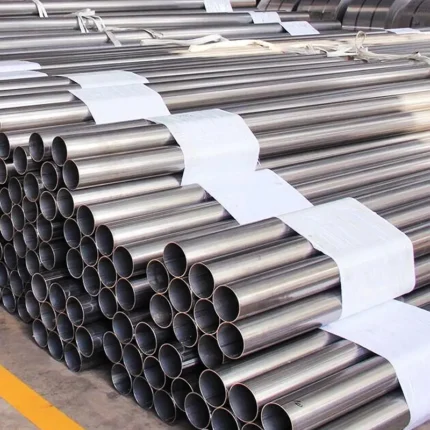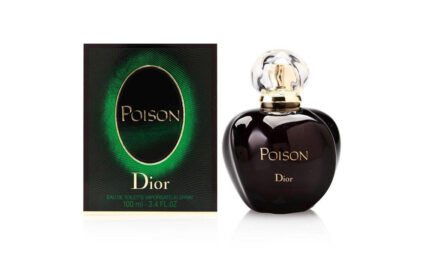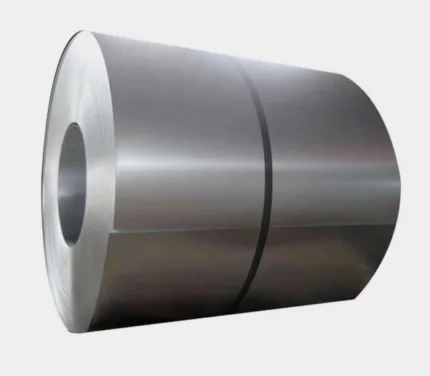Description
Platinum and Its Use
Platinum is a dense, malleable, ductile, precious, gray-white transition metal, resistant to corrosion. It is an extremely rare metal, occurring as only 0.003 ppm in the Earth’s crust.
The reason why platinum is today the most valuable of precious metals is because it is required in many industrial applications. It is estimated that one-fifth of everything we use either contains platinum or requires platinum in its manufacture.
Platinum is a chemical element with the chemical symbol Pt and the atomic number of 78. Its name is derived from the Spanish term “platina del Pinto”, which is literally translated into “little silver of the Pinto River”. It was discovered in South America by Ulloa in 1753 and by Wood in 1741. The metal was used by pre-Columbian Indians.Platinum is an extremely rare metal, occurring as only 0.003 ppm in the Earth’s crust. Platinum bullion has the ISO currency code of XPT. Platinum is a commodity with a value that fluctuates according to market forces. As of February 2010, platinum was worth on average US $1540 per troy ounce or approximately US $44 per gram.
Platinum is in the Group 10 of the periodic table of elements. A dense, malleable, ductile, precious, gray-white transition metal, platinum is resistant to corrosion and occurs in some nickel and copper ores along with some native deposits.
Platinum occurs natively, accompanied by small quantities of iridium, osmium, palladium, ruthenium and rhodium, all belonging to the same group of metals. These are found in the alluvial deposits of the Ural mountain, Columbia and certain Western American states.
Platinum is a beautiful silvery-white metal, when pure, and is malleable and ductile. It has a coefficient of expansion almost equal to that of soda-lime-silica glass, and is therefore used to make sealed electrodes in glass systems. The metal does not oxidize in air at any temperature, but is corroded by halogens, cyanides, sulfur and caustic alkalis. Platinum is insoluble in hydrochloric and nitric acid, but dissolves in aqua regia to form chloroplatinic acid, H2PtCl6.
Platinum’s wear- and tarnish-resistance characteristics are well suited for making fine jewelry. Platinum is more precious than gold or silver. Platinum possesses high resistance to chemical attack, excellent high-temperature characteristics, and stable electrical properties. All of these properties have been exploited for industrial applications.
Platinum has six naturally occurring isotopes: 190Pt, 192Pt, 194Pt, 195Pt, 196Pt, and 198Pt. The most abundant of these is 195Pt, comprising 33.83% of all platinum. 190Pt is the least abundant at only 0.01%. Of the naturally occurring isotopes, only 190Pt is unstable, though it decays with a half-life of 650×109 years. 198Pt undergoes alpha decay, but because its half-life is estimated as being greater than 320×1012 years, it is considered stable.
Platinum also has 31 synthetic isotopes ranging in atomic mass from 166 to 202, making the total number of known isotopes 37. The least stable of these is 166Pt with a half-life of 300 µs, while the most stable is 193Pt with a half-life of 50 years. Most of platinum’s isotopes decay by some combination of beta decay and alpha decay. 188Pt, 191Pt, and 193Pt decay primarily by electron capture. 190Pt and 198Pt have double beta decay paths.
The reason why platinum is today the most valuable of precious metals is because it is required in many industrial applications. It is estimated that one-fifth of everything we use either contains platinum or requires platinum in its manufacture. Among all the known modern uses of platinum, most of the annual production is consumed by two dominant categories – catalytic converters and fine jewelry. Together, these two applications consume more than 70% of the world’s supply of platinum.
Platinum has multiple and essential applications while new uses for platinum are constantly developed. Fig.1 shows the platinum demand by application in 2006.

